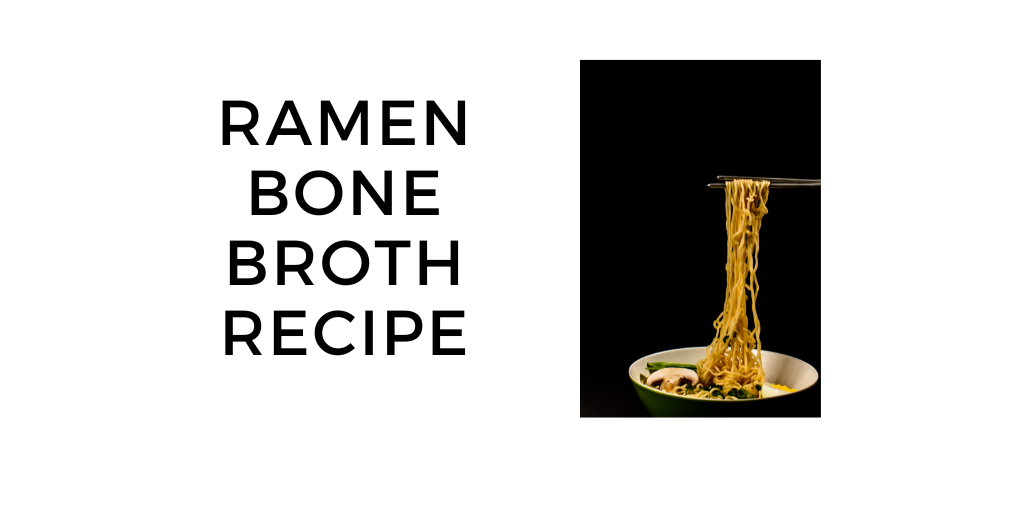
Ramen Broth Recipe From Scratch
Chicken Ramen Bone Broth Recipe
As the owner of a small bone broth brand, I've made over 250,000L of it over the last 5 years. That is a lot. I've experimented with everything and made all of the mistakes you can think of.
The point is that you are getting all of my secrets and tips to get the perfect ramen on your first try. You'll get tips that you won't find anywhere else. I promise you that.
So if you're looking for a delicious, nutritious, and easy recipe to make it from scratch, then look no further!
This guide will teach you how to make it using a low and slow cooking method. And if you do not want to slave away, that is okay too. In this case, I would recommend picking up some of Bluebird Provisions Chicken Bone Broth Powder.
It is the absolute best one to use for any noodle dish. You'll get that rich, umami taste without having to slave away in the kitchen for hours.
Ok, let's get into the comfort food staple.
What broth is good for ramen?
You can use any broth to make a good ramen. While pork is the most traditional one used, chicken is now the most common type you will find used at restaurants. You can also use beef for a great substitute and there are vegetable based options as well.
Vegetarian-based stocks are a good option because of their naturally savory taste and they're easy to make.
I'll make a big batch in the ball and freeze it in individual servings. Then when I'm feeling cold or in need, I have it ready to go.
Can you make it from scratch?
Yes you can make it from scratch using the method I'll outline below. But it does take a lot more time, planning and preparation. If you decide to make it, it's a good idea to have your bones in the freezer for when you want them. Otherwise, you'll be frantically running around trying to find the right bones to make it work. Not good.
Types of Ramen Broth
There's a few types of traditional ramen broth we should briefly touch on.
- Dashi Broth is the most basic and is made from kombu (kelp) and dried shaved bonito flakes (fish). This is commonly used as the base for miso ramen. But it does not have richness and umami flavor that meat based options offer.
- Shio is the saltiest and most popular type of ramen in Japan. It's made from kombu, dashi, dried shaved bonito flakes.
- Chicken: Made from chicken carcasses, whole chickens, rotisserie or other bones including feet, wings and necks.
- Shoyu: The most popular version in Japan is made using dashi and soy sauce.
- Beef: Made using beef bones that are simmered for up to 24 hours. The beef bones take longer to extract the flavor and gelatin from the bones.
Tonkotsu Ramen Definition
Tonkotsu ramen is a type of pork broth that originated in Kyushu, Japan. It is made by simmering pork bones for 6-24 hours and extracting the marrow from the bones to create a creamy white soup that has a milky appearance. The broth is often cloudy in appearance and has a very rich pork flavor.

It is typically served with thin straight noodles that are made from wheat flour. In the west, we don't typically make / serve traditionally made tonkotsu. We use some of the ideas and flavors to make combinations that are more clear.
How to Make Clear and Delicious Ramen Bone Broth From Scratch
You make clear and delicious ramen broth by boiling your bones of choice in stock pot, slow cooker or Instant Pot. A good starting point is with high quality poultry bones, but many people use a mix of poultry and pork.
You'll want 3 lbs of mixed bones from carcasses, leftover rotisserie chickens, feet, wings and drumsticks.
The process starts by adding them to your stock pot and cover with water with an extra 3 inches of water once all of the bones are covered. Bring to a boil and don't forget to skim it aggressively 4-5 times over the first hour.

Cook at a rolling simmer for 4-8 hours and you ready to make your ramen. Be careful not to stir or mix the pot. This will give you the dreaded, cloudy broth.
Read my detailed guide to finding the best bones for broth.
Delicious Ramen Chicken Bone Broth Recipe
There's something comforting about having a pot full of bones boiling away on the stovetop while you wait. This traditional recipe is a bit of work but you are rewarded with the most amazing soup of your life.
Let's get into what you need to make the magic happen.
Ingredients
- 3 pounds mixed chicken bones (carcasses, feet, wings, rotisserie, etc)
- 1 onion, chopped to quarters with skin on
- 3 green onions or scallions, chopped (white part only)
- 5 large cloves garlic, minced
- Thumb sized piece of ginger, chopped or grated
- 5 g / 1 tsp bonito flakes (optional)
- 1 tablespoon soy sauce
- handful of fresh spinach or other greens
- 2 (3 ounce) packages ramen noodles

Substitutions
- You can use a mix of proteins including pork soup / leg bones if you prefer. Half poultry, half pork works great.
- Feel free to omit the vegetables, onions and garlic if you can't do FODMAPS.
Instructions
- Place bones into a large pot and cover with water, plus an extra 3 inches in the pot.
- Bring to a boil over high heat, once boiling, reduce to low so it is a hard, rolling simmer
- Skim the foam bits, scrum and impurities that surface to the top 4-5 times over the first hour. You need to be diligent with this step. Be careful not to mix or stir the broth while doing this.
- Simmer for 3 hours with the lid on, then add your aromatics: onions ,green onion, garlic, ginger and bonito flakes.
- Cook soup stock for another 2-3 hours.
- Once the cook is done, turn the heat off and remove the bones + vegetable pieces using a spider strainer or slotted spoon.
- Pour the remaining liquid mixture through a strainer or mesh sieve into a new, clean pot.
- Add some flavors and seasonings of choice to the pot, soy sauce, miso, garlic, chili oil, etc.
- Cook the noodles according to the instructions.
- Assemble your bowl by ladling broth into it and placing noodles in the broth.
- Now add your topping like spinach, mushrooms, chili oil, etc.
Notes
- The bones I use are mainly chicken feet, wings and drumsticks to ensure proper gelatin formation. These have more protein content than just rotisserie birds or carcasses. But if you can't find feet, a mix of all of them will work well.
- Wrap your bonito flakes in cheese cloth or disposable dashi stock bags. You don't want to put it directly in the pot.
- If you find the water reducing too much during your cook, you can add a bit more water to the pot and place the lid on it. This will prevent evaporation while concentrating the liquid.
- Read my article on the 4 biggest mistakes people make cooking broth.
- Don't be afraid to cook it HOT. You need it almost boiling to extract the flavors.
- This yield 4 servings. The serving size is one bowl, but your amount will vary.
- There are pressure cooker or slow cooker methods.
- This dish keeps in the fridge or 5 days and in the freezer for 6 months.
I'm embarrassed to say, but I like mine with a big chunk of french bread to dip and some sides like small salad.
A Pain Free Method
A pain free method that can save you 6-12 hours in the kitchen involves using a pre-made chicken broth instead of making it from scratch. The absolute richest one I've found is made by Bluebird Provisions. They use a traditional simmer method to make it like you would at home.
And there is no added sodium, so you don't have to worry about a salt bomb.
Do you need to clean the bones first?
While many recipes call for parboiling, blanching, cleaning and rinsing the bones before you use them, in my experience this is not necessary.
I've made over 250,000L of it over the last five years and I have found that you can get a clear broth without wasting time doing this extra step. As long as you are diligent with your skimming, the result is the same.
You also do not need to brown the bones in the oven first. This gives you a darker color but doesn't add a ton else to your soup meals.
Adding Umami to Tonkotsu Ramen Broth at Home
There is no shortage of toppings you can use to add depth and umami to your broth. From soy sauce to miso and marmite, check my list below for flavor boosters.
Soy sauce or Tamari: adds some extra salt when drizzled on top.
Miso: or soybean paste
Fish sauce: used in many types of cuisine, it works to enhance the flavor of your dish.
Sriracha: a chili sauce made from chili peppers, salt, sugar and vinegar. A little goes a long way. You can also use chili oil of hot sauce.
Anchovies: strange right? Maybe not once you try it! One of the best and least used flavorings to suit your needs.
Chile-sesame paste: works great as a garnish for some spice.
Pork Belly or Fat: delicious but these will give your liquid a cloudy pigment and thicker texture. This is reserved for experts looking for a change of taste.
Read my guide of 6 delicious and nutritious bone broths.
What is bone broth ramen called?
Bone broth ramen is often called tonkotsu. This is a traditionally made broth with pork and chicken with a creamy, rich taste. Because of the two types of bones used, it develops a rich, umami taste that most people absolutely love. This ramen originated in Japan but is now found just about everywhere.

Is ramen healthy or unhealthy?
Ramen is healthy if you know what ingredients are used to make it or you make it yourself. But the thing is, if you get it from a food cart or restaurant, it is still relatively healthy but you don't know what is in it.
Most ramen bowls have around 600 calories. If you don't drink all of the liquid then you can shave off 50 or so. And if you don't finish all the noodles you can save ourself another 100.
You can make it keto or low carb. It is just a matter of not eating any of the noodles. But what's the fun in that?
Does ramen contain collagen?
Ramen contains collagen, but how much is almost impossible to tell without testing each bowl in a lab. But we can make educated estimates based on experience and knowing how some of these restaurants make it.
Sit down restaurants will likely make their own tonkotsu broths and take a lot of pride in using age-old techniques with no shortcuts.
I would guess that these places have 4-5g per 250ml serving. So if you have a big bowl that may be 400-500 ml worth of liquid, you might get 8-10 g.
Any cheap product, food truck or stand serving it will certainly not have this much. Why? These places can't cook the broth this long, sell it to you for $4.99 and still make a profit. It's impossible.
Collagen is a protein that helps connect joints, tendons and other tissues in the body. It is found in connective tissue like animal joints. That is why my recipe calls for feet, wings and drumsticks -- these parts have the most collagen in them and make the best soup.

You don't actually have to eat the feet like in this image above. But you get the idea.
Closing Thoughts
Making ramen broth is easy, delicious, and nutritious! This recipe guide will teach you everything you need to know to make the perfect bowl of ramen, using the most popular and delicious ingredients. So what are you waiting for?
And if you need the highest quality broth to save time, try Bluebird Provisions (powder format) and let me know what you think.
Have you made this recipe or something similar? Do you have questions about it? Leave a comment and let me know.

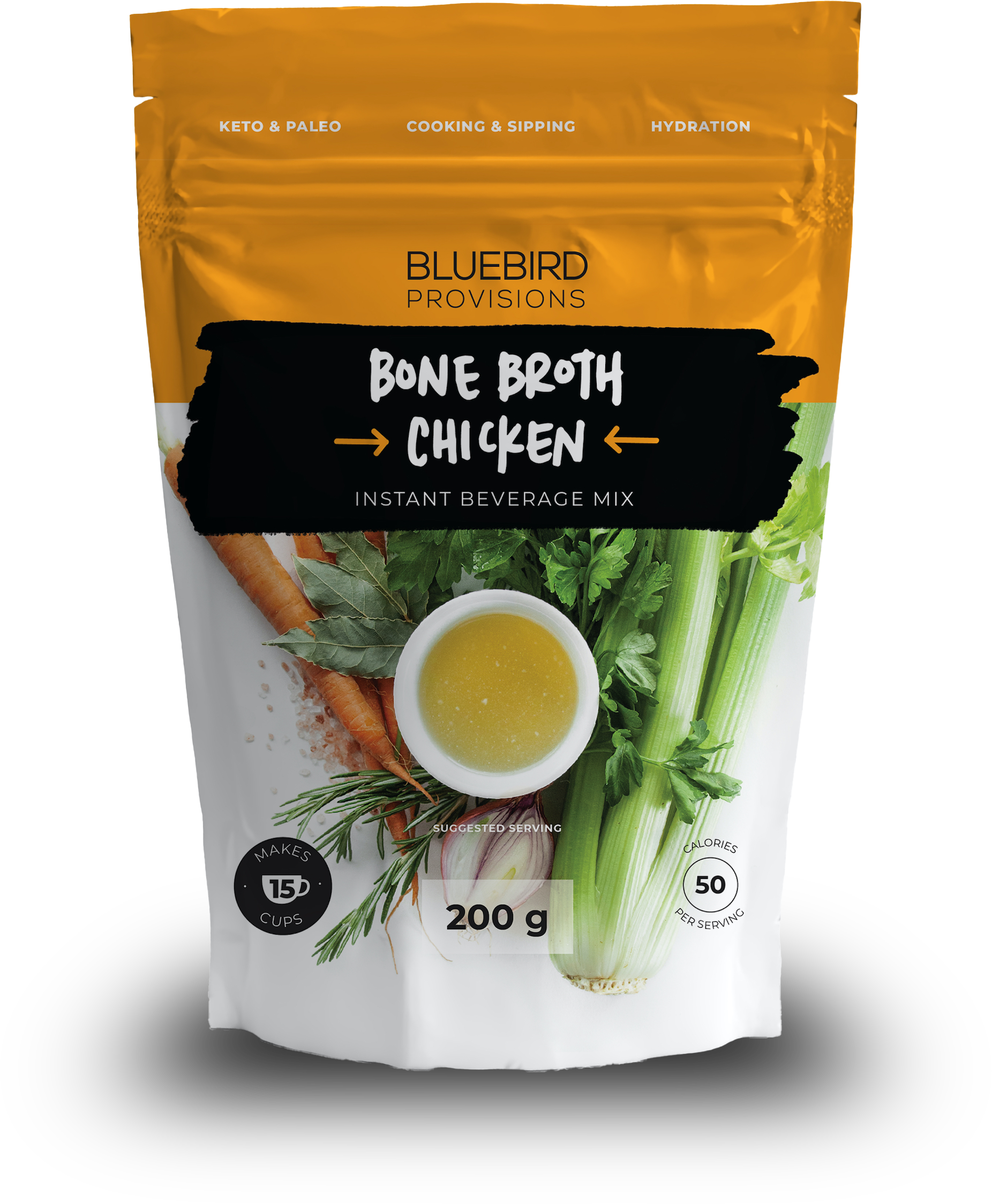
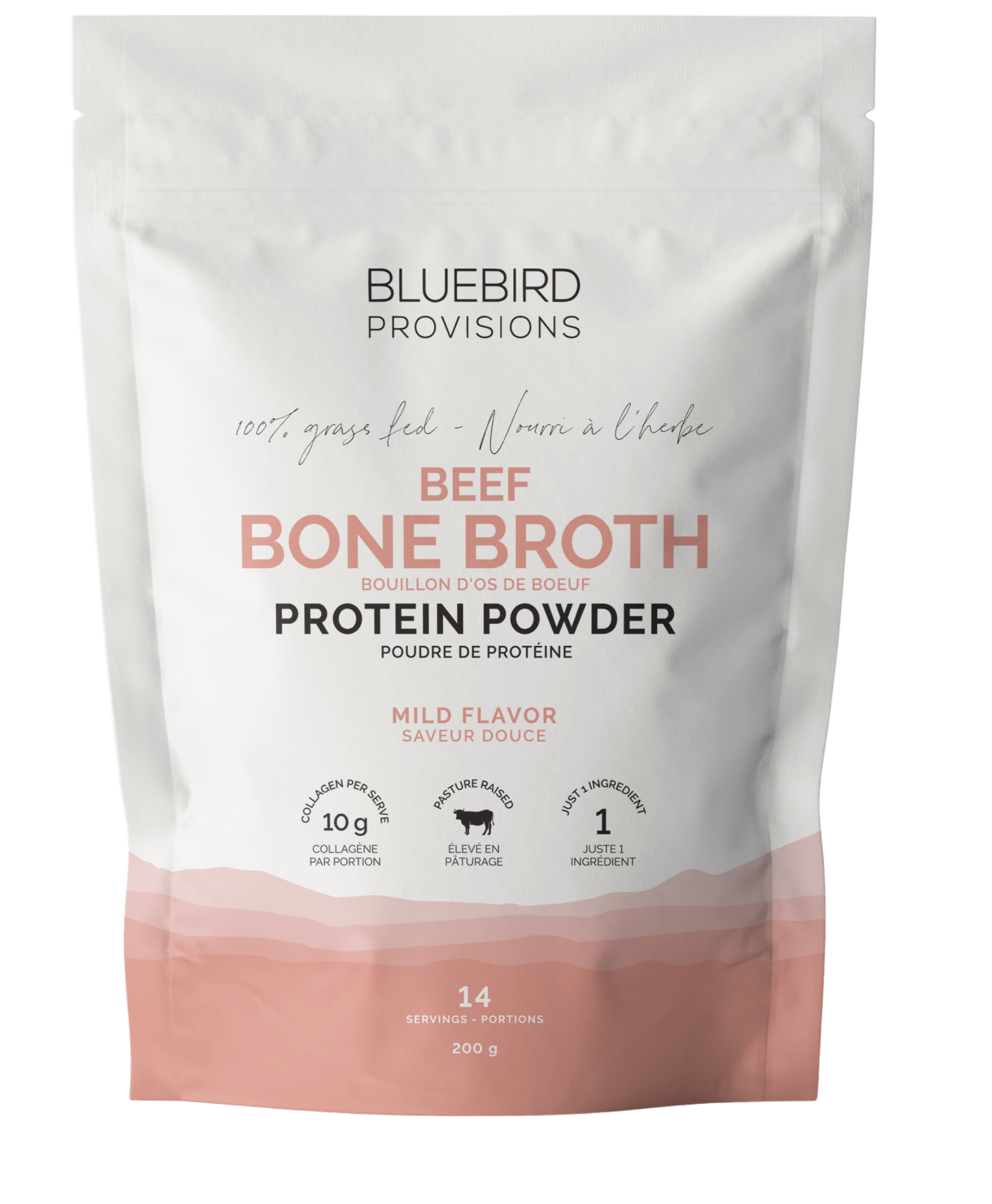
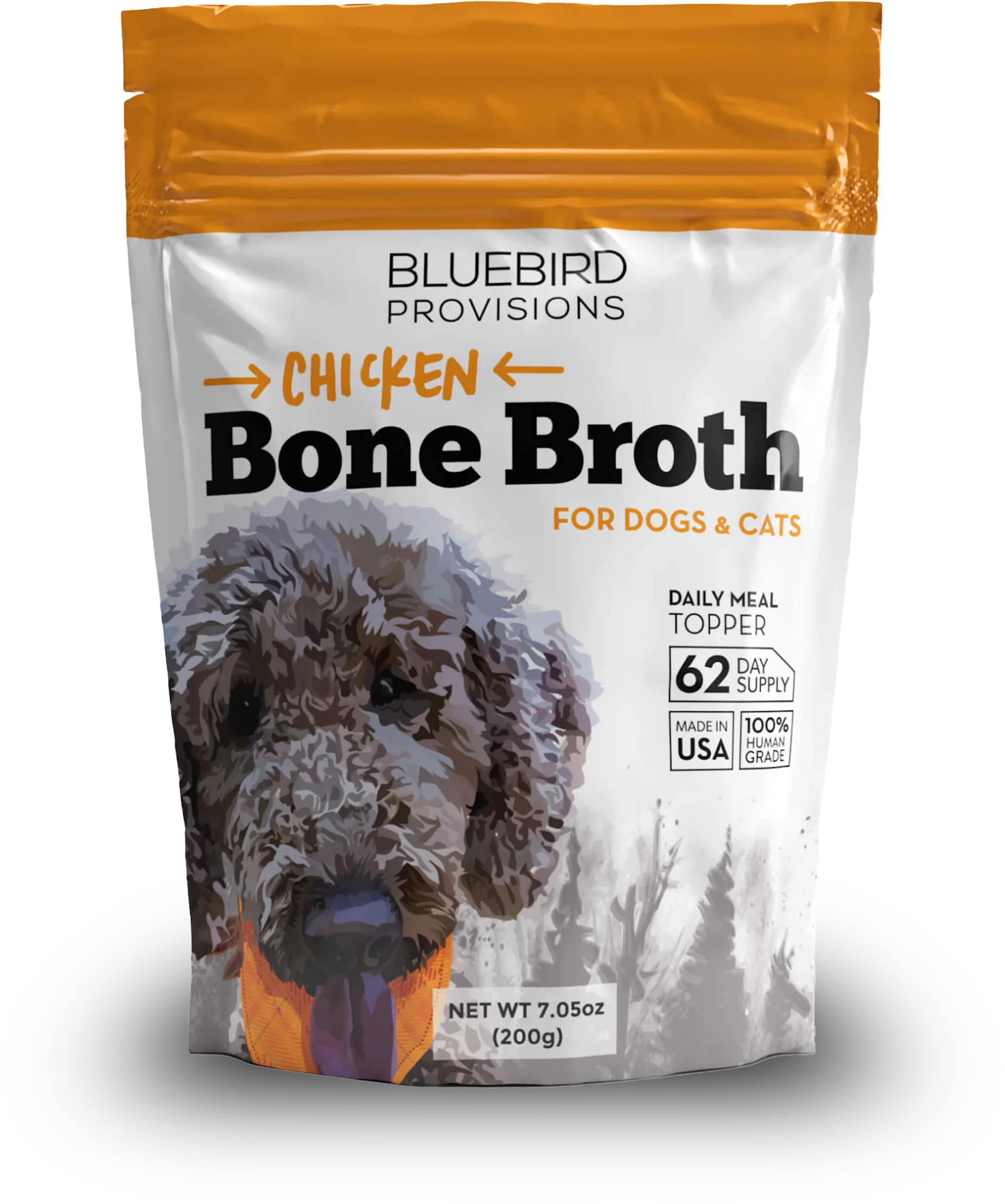
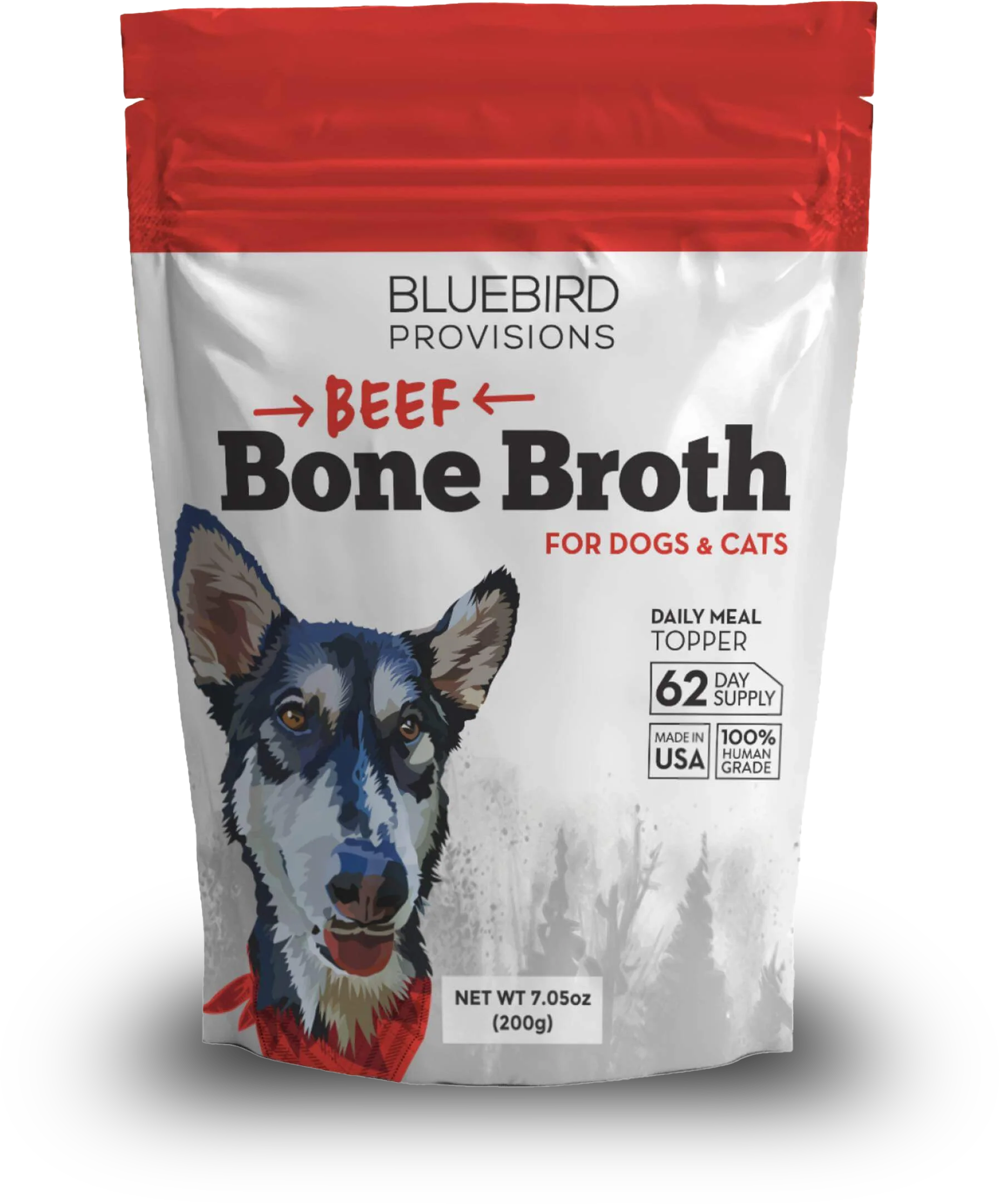
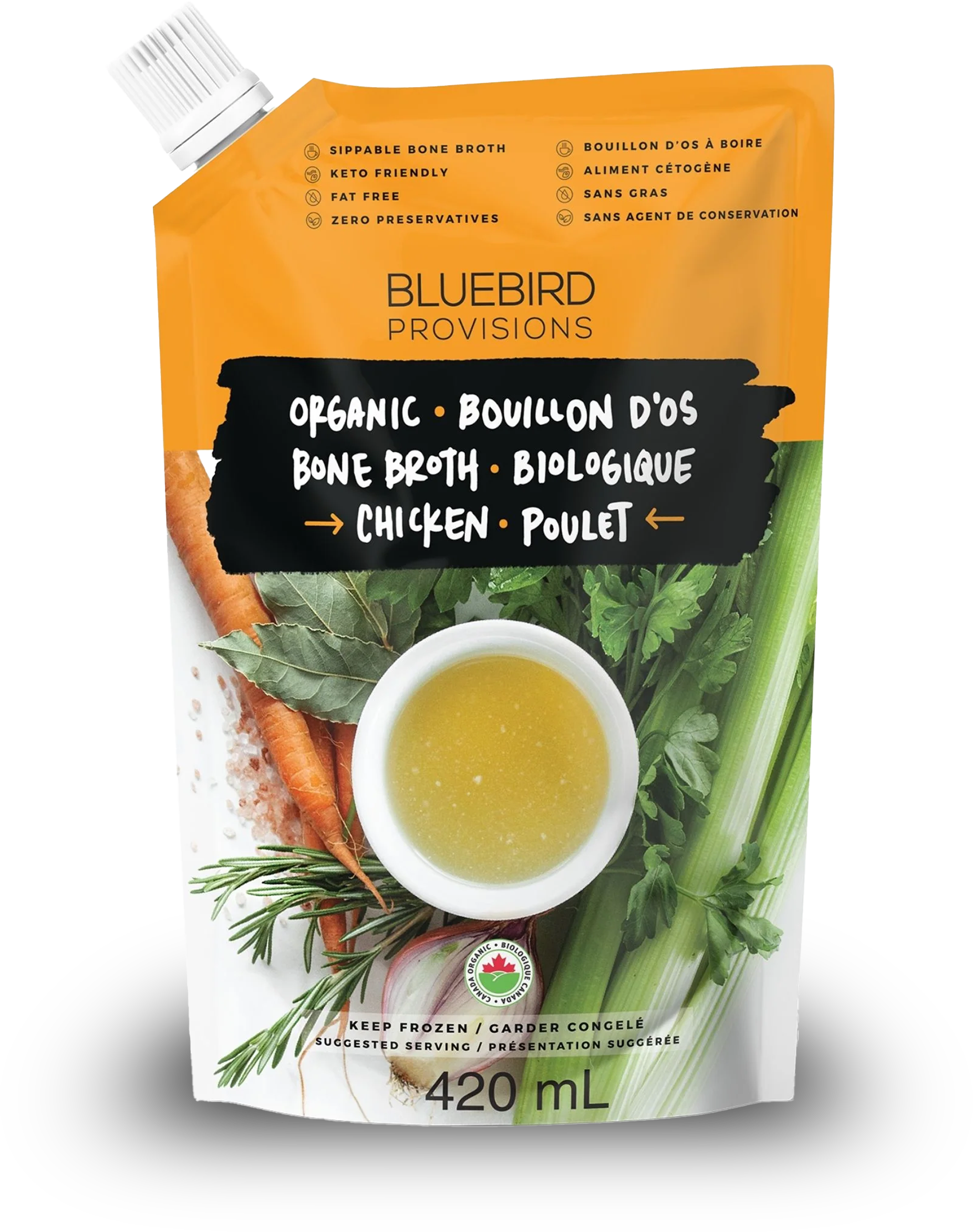
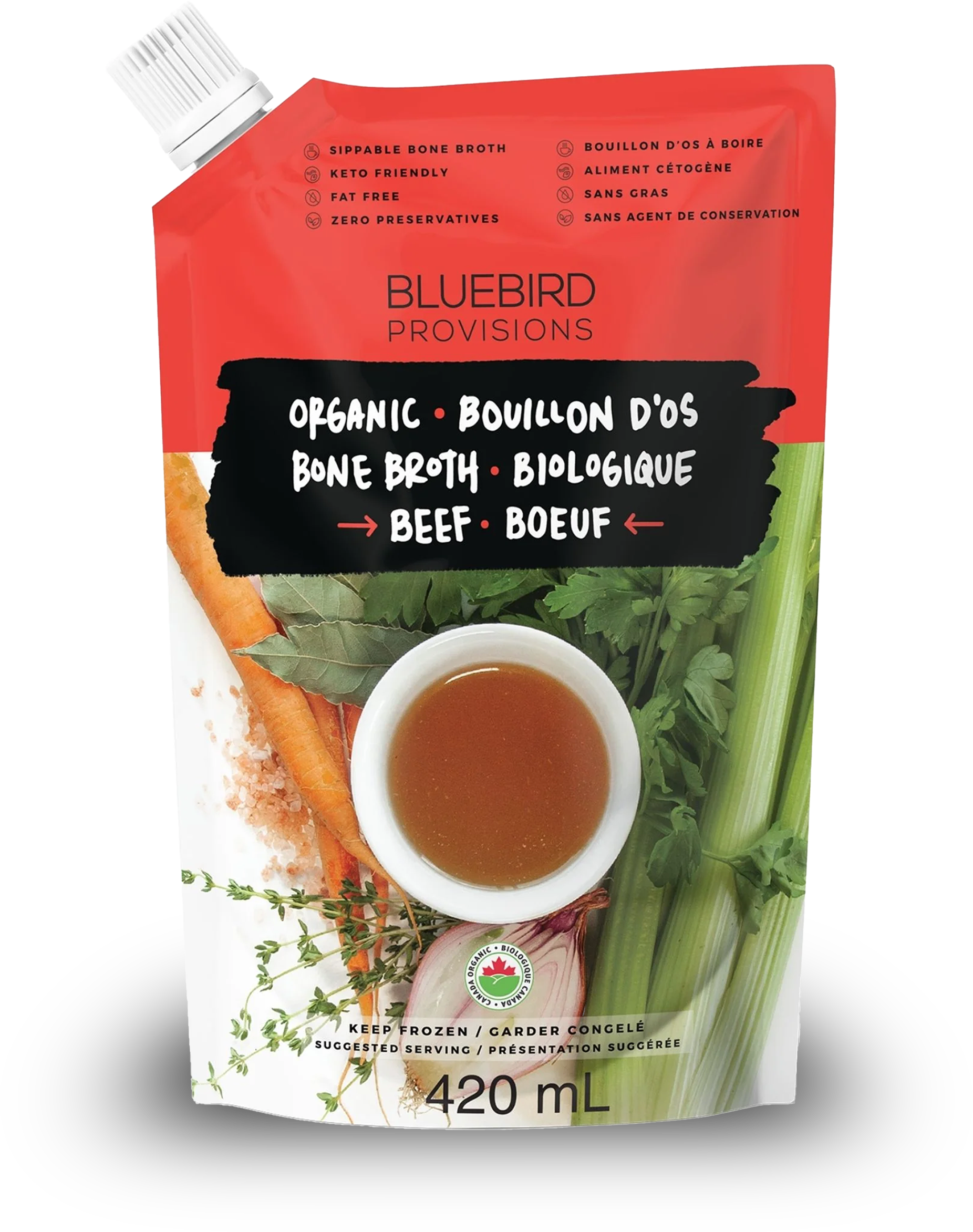


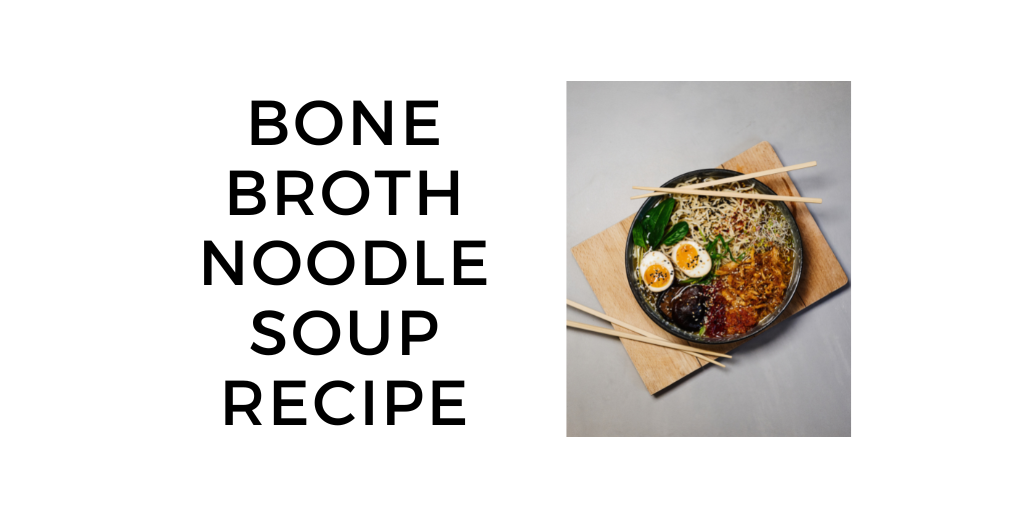

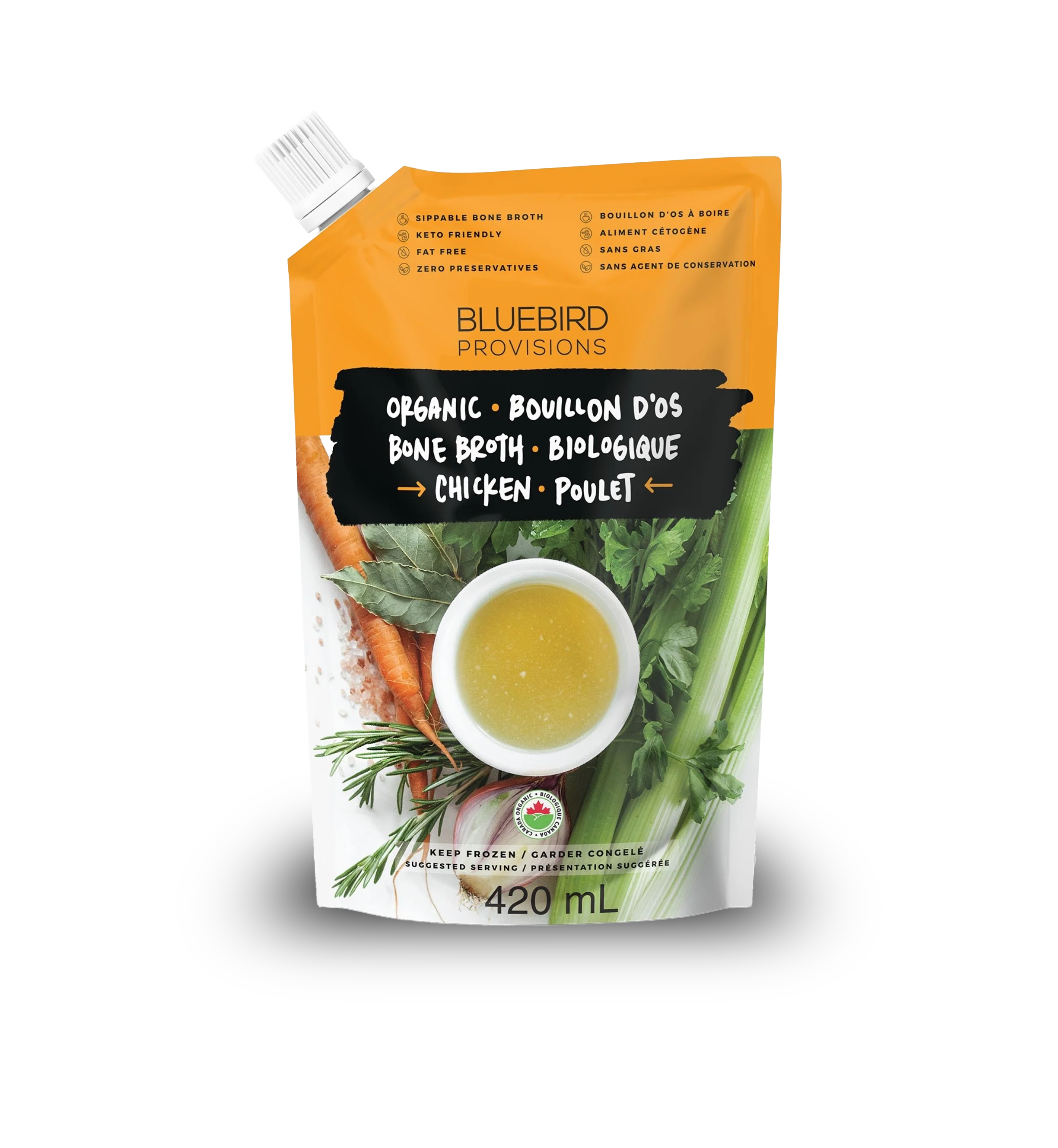
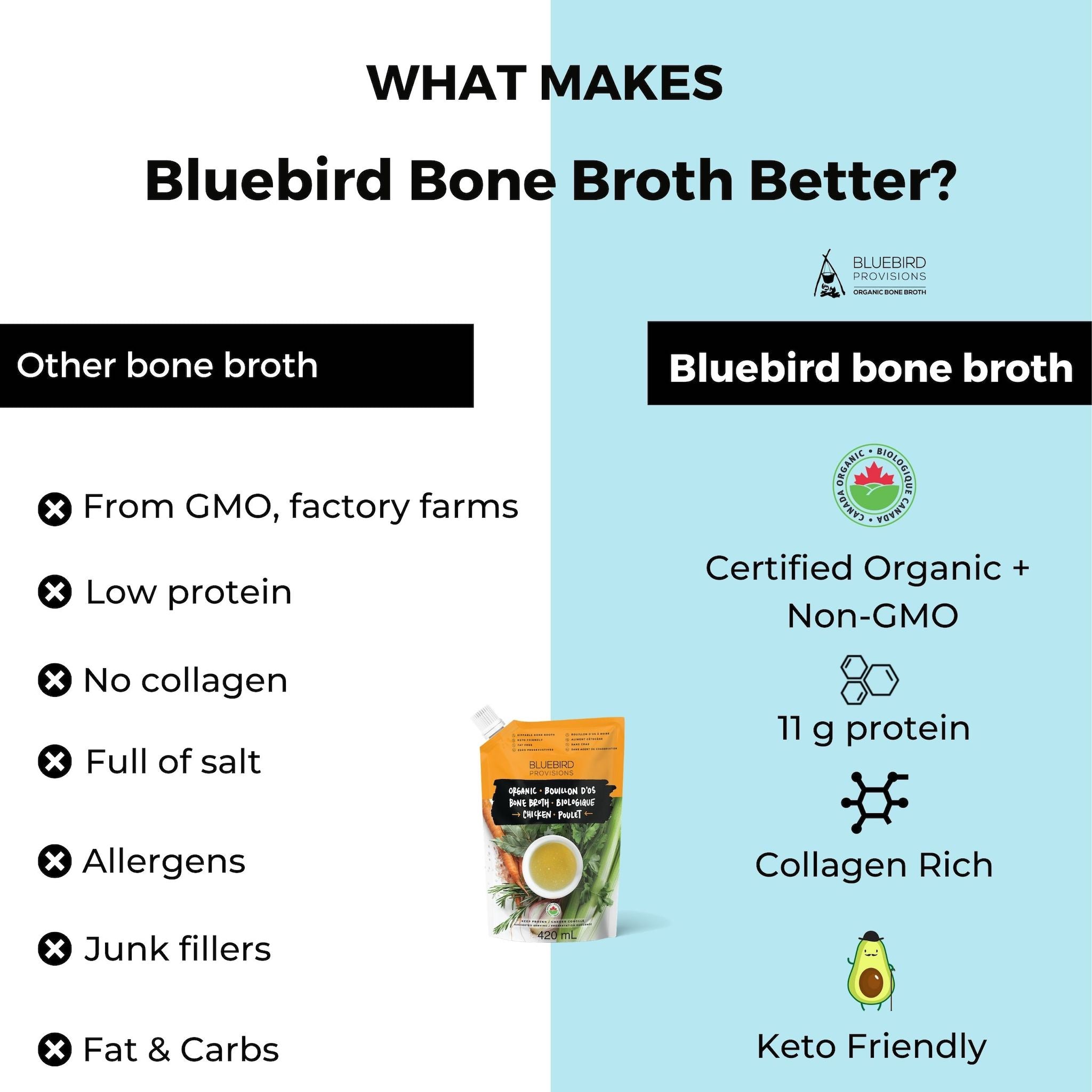
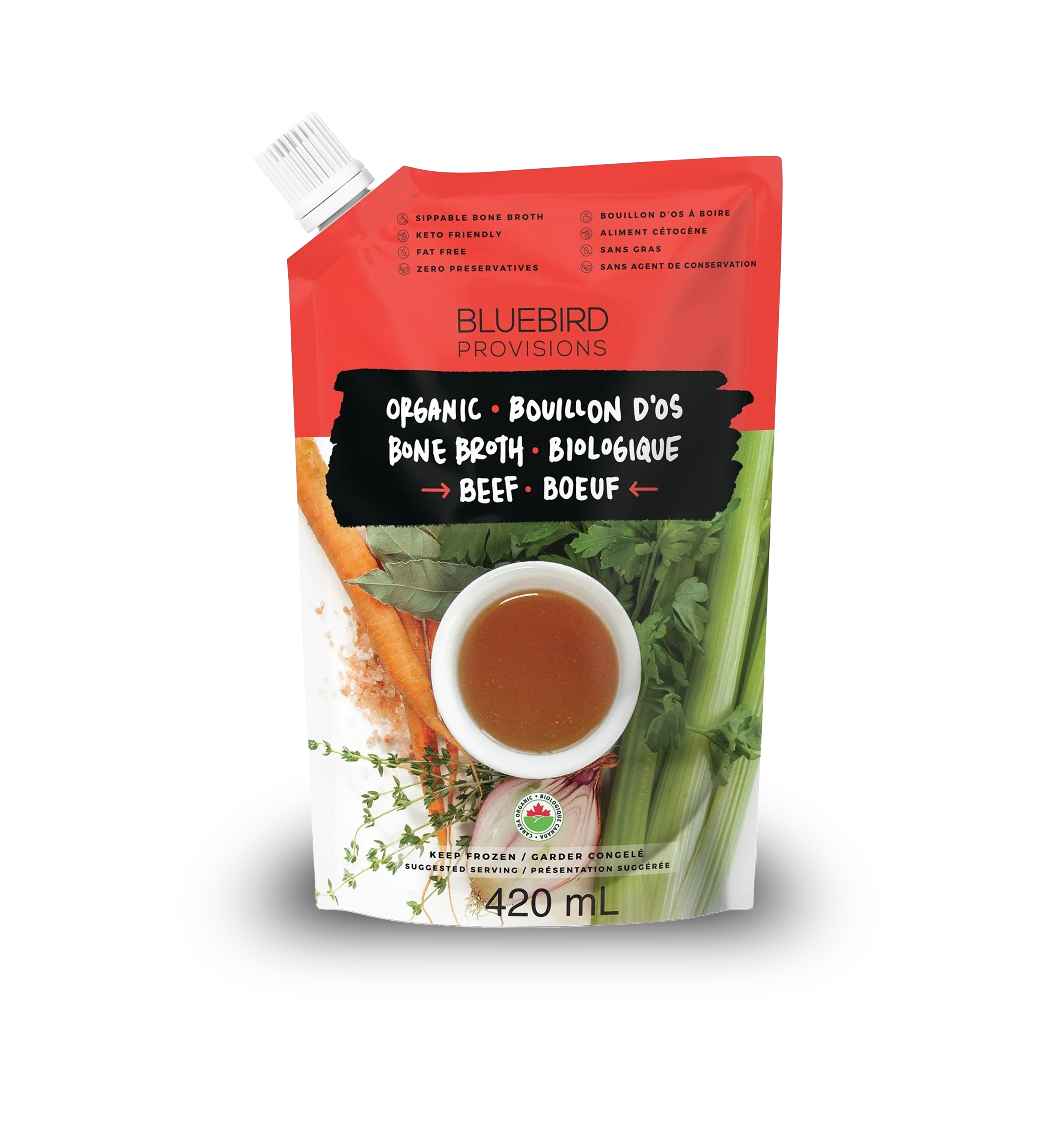
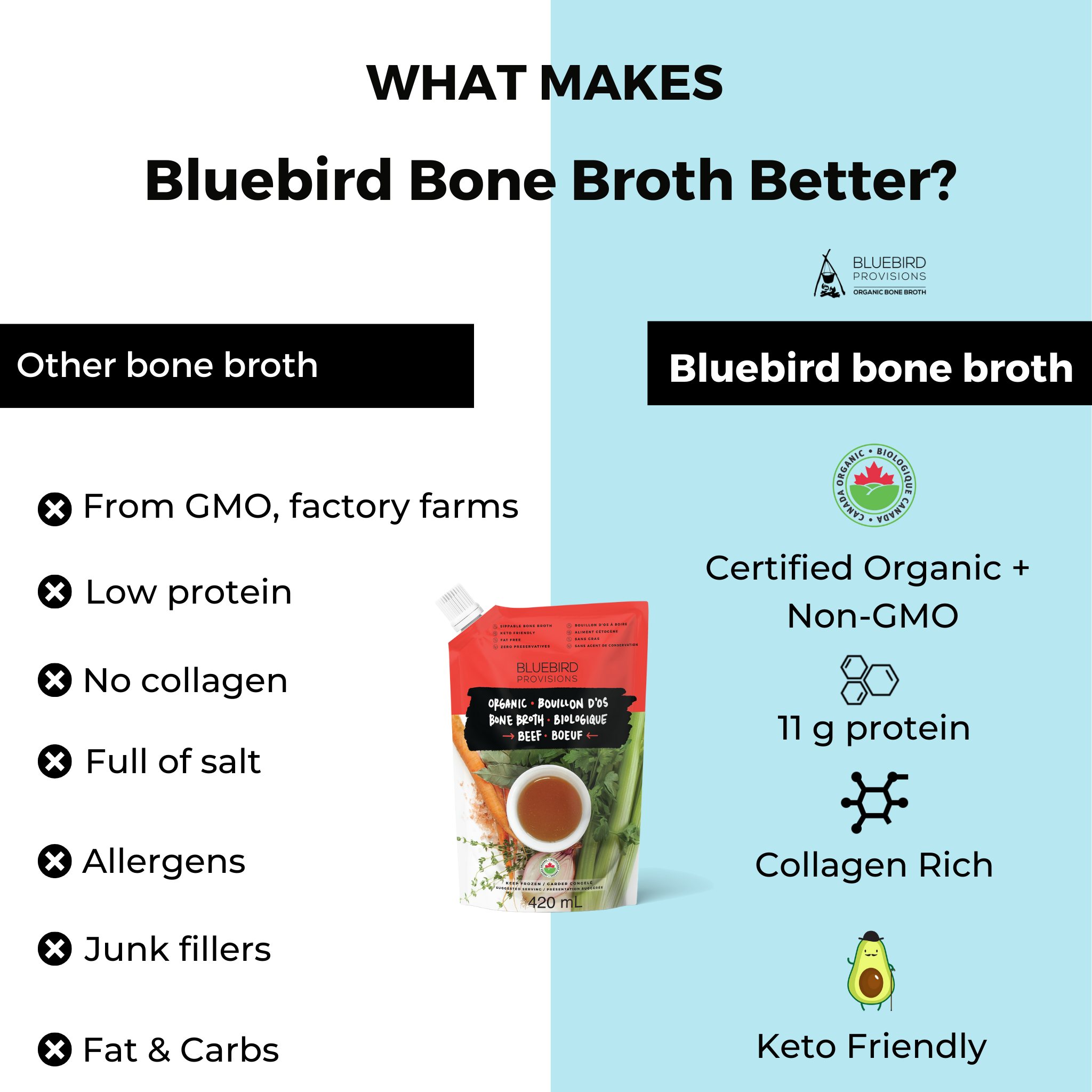
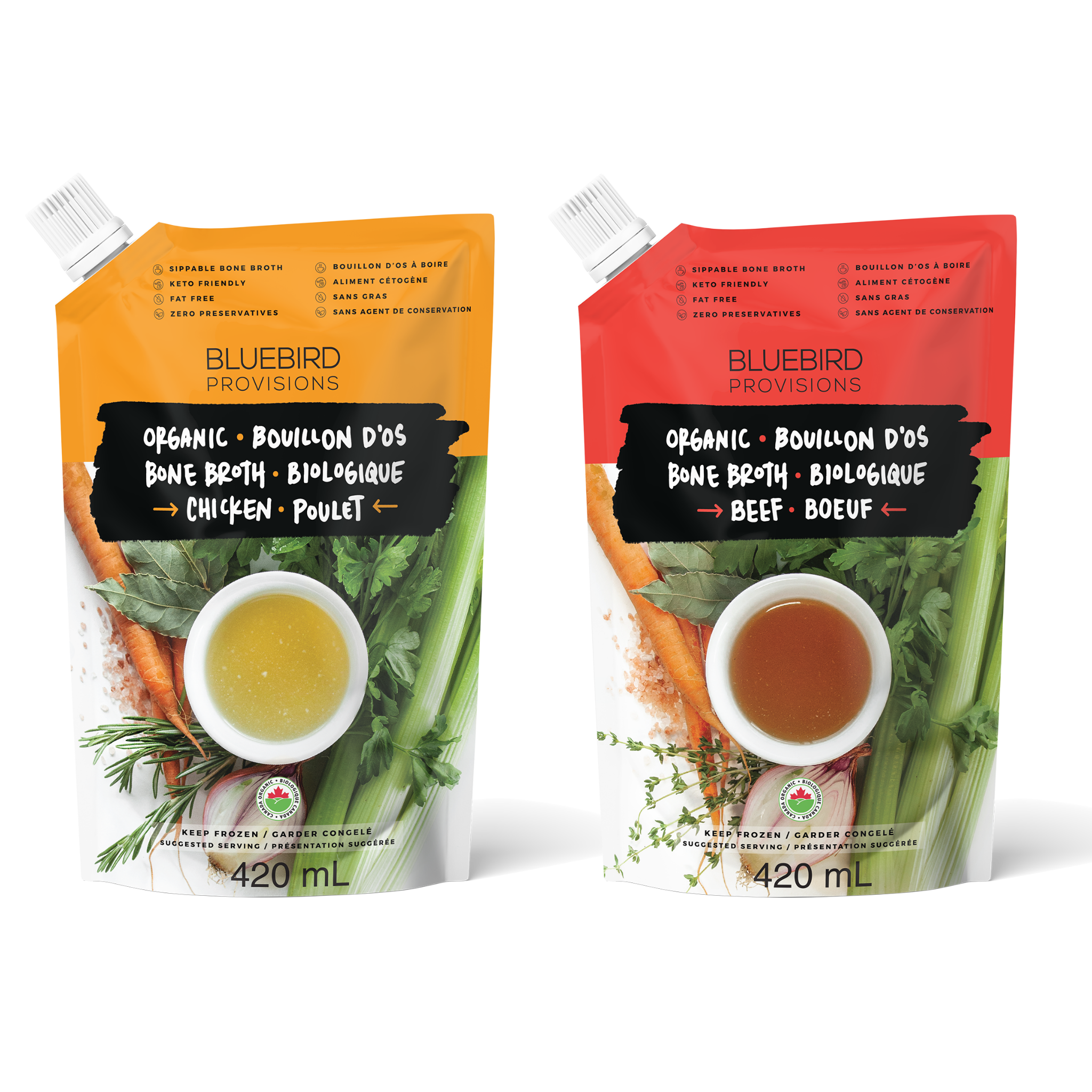
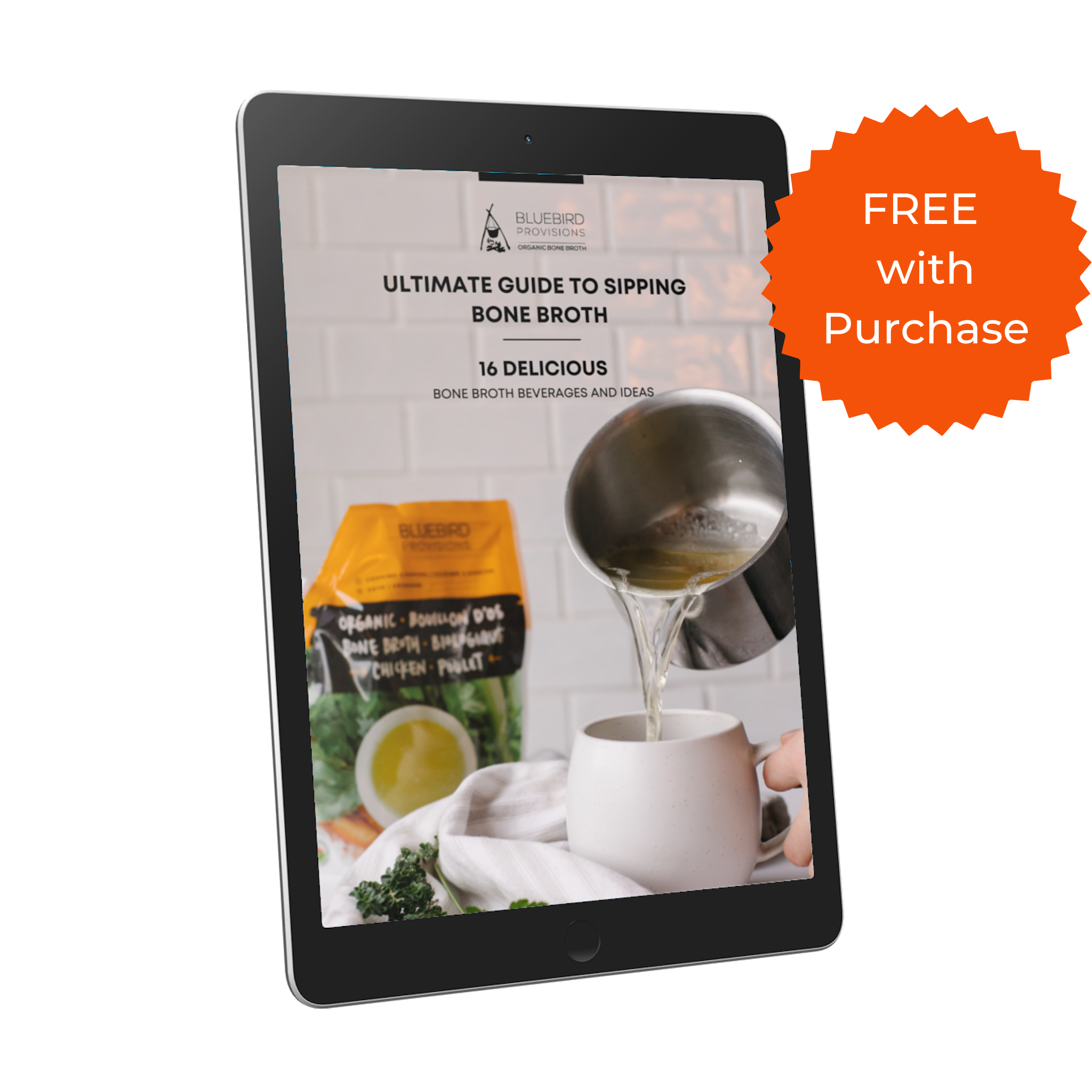
Leave a comment
This site is protected by hCaptcha and the hCaptcha Privacy Policy and Terms of Service apply.